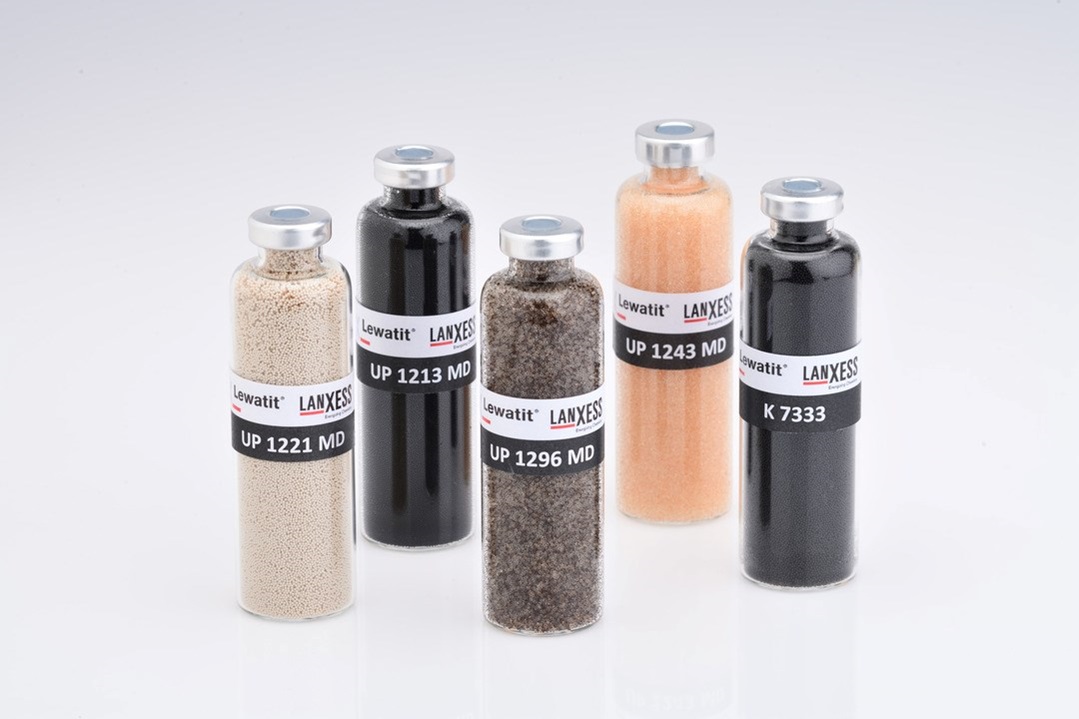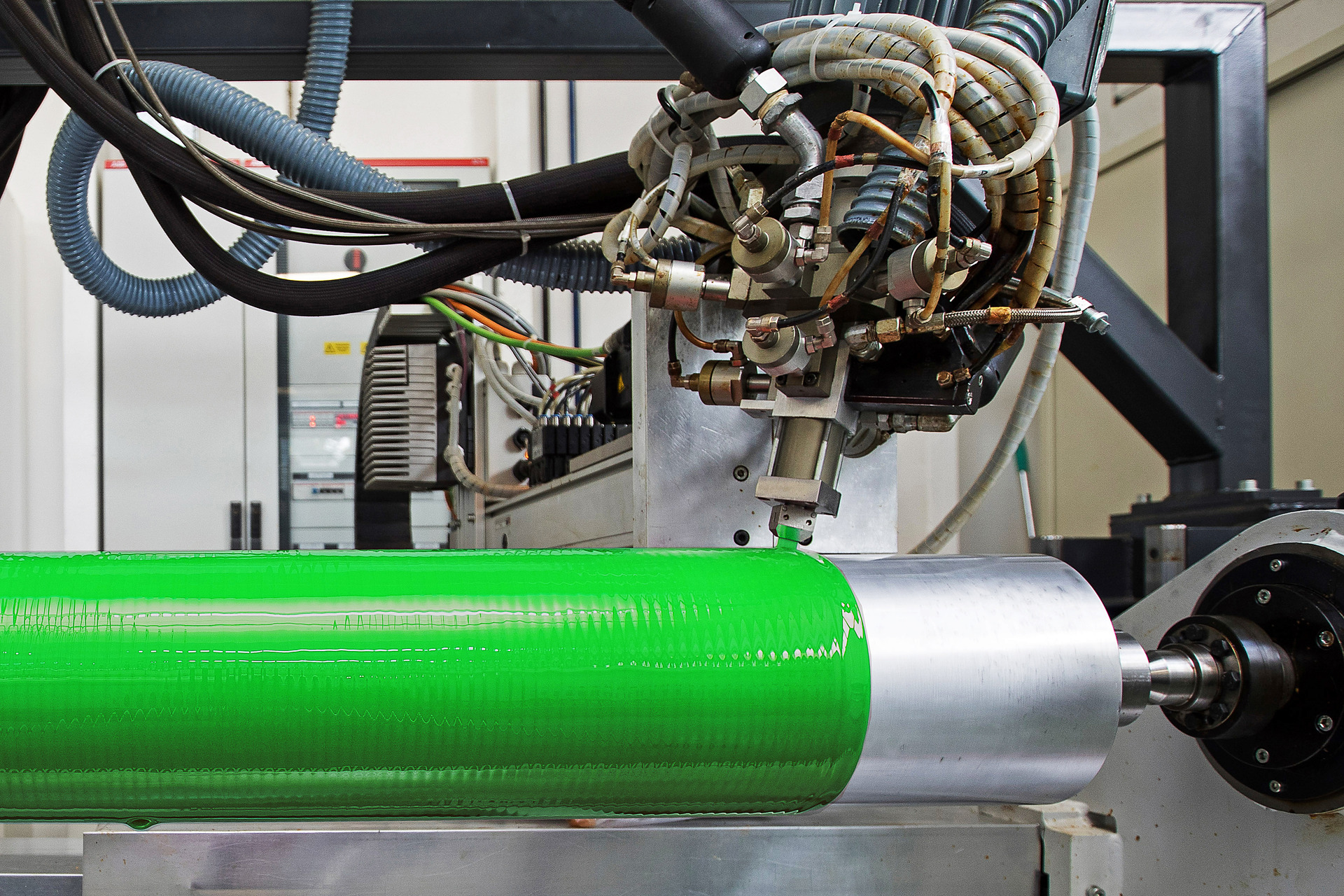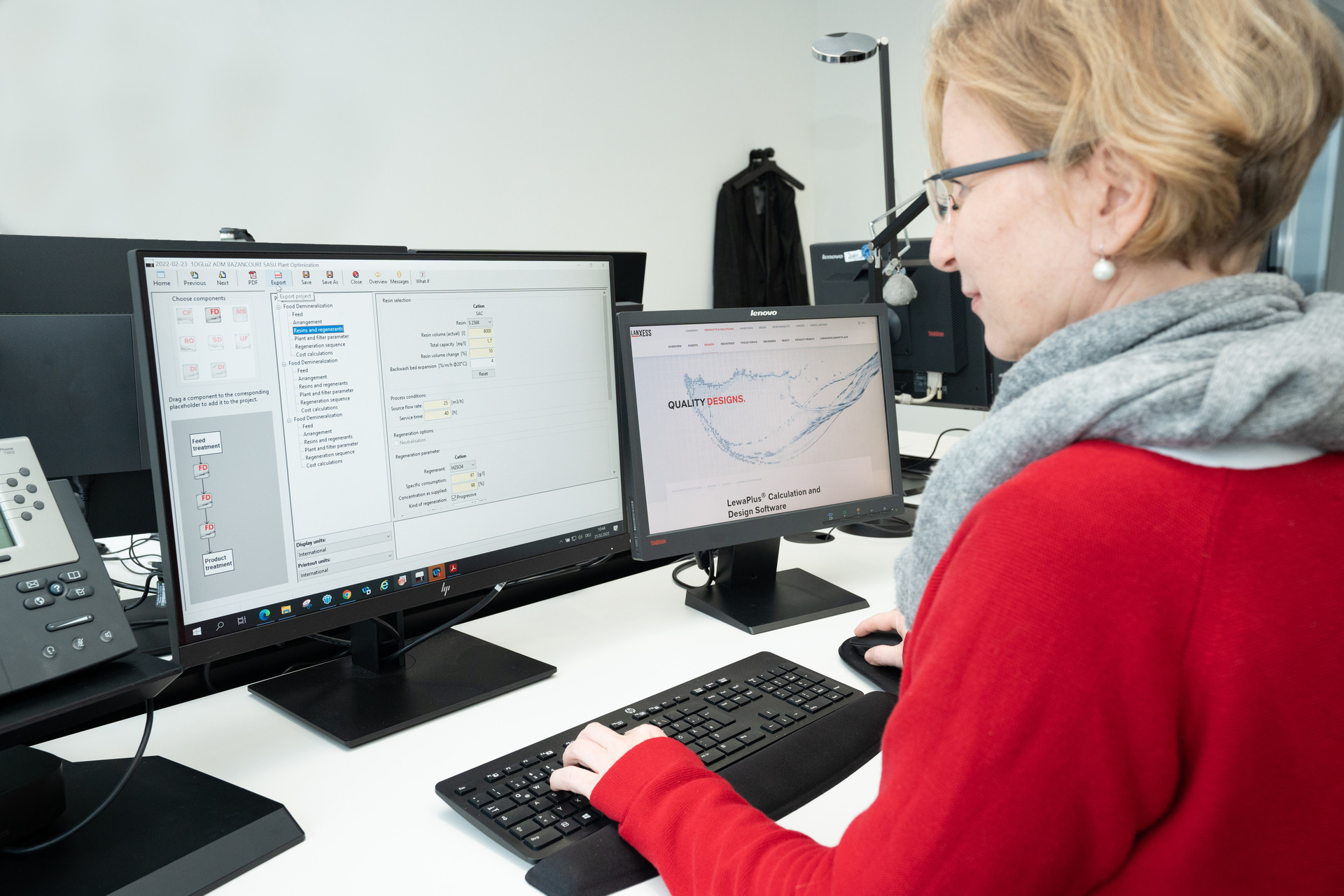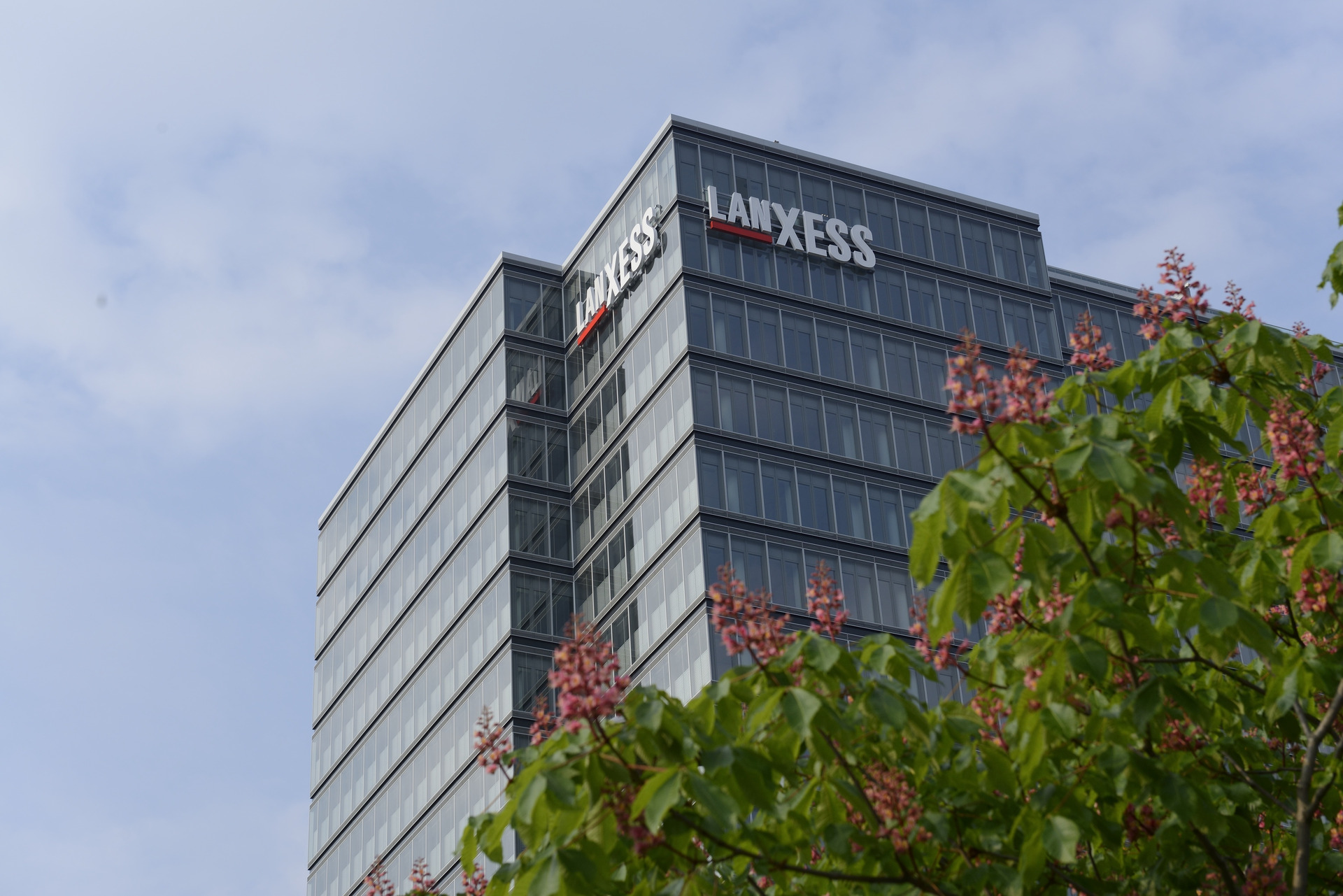Steering column switch housing made from polyamide 6
- Material changed directly in the series tool
- Cost-effective component solution with weight saving
- Strict requirements regarding dimensional tolerance fulfilled
CologneJuly 02, 2019
Polyamide 6 and 66 are very similar in terms of their characteristics. Polyamide 66 can therefore be replaced by polyamide 6 in many applications. One example of this is a steering column switch housing used in various models of the Ford Fiesta, Ford Focus and Ford Eco Plus. The component is produced by Leopold Kostal GmbH & Co. KG. Based in Lüdenscheid, Germany, this family-owned company is one of the world's leading system suppliers and developers of control elements, sensors and control units. It initially used a glass-fiber-reinforced polyamide 66 for the housing, and recently switched over to Durethan BKV30H3.0, a polyamide 6 compound from LANXESS featuring 30 percent by weight glass-fiber reinforcement. “The change of material took place directly in the standard tool originally developed for polyamide 66. No changes were necessary. Our material had the edge because it enables a cost-effective component solution and also meets the strict requirements regarding dimensional accuracy,” declared Dr. Bernhard Helbich, an expert in technical marketing at the High Performance Materials (HPM) business unit at LANXESS.
Advantages due to foaming
The housing is injection molded from foamed polyamide 6. This foaming process has several advantages. In comparison with solid components, it saves material and weight – with reasonable compromises in terms of mechanical characteristics. “The use of foam injection molding with our material results in a weight reduction of close to 10 percent,” said Helbich. In addition, foaming leads to a considerable reduction in warpage and shrinkage in particular. This is good for the dimensional accuracy of the component, which accommodates numerous steering wheel functions such as switches for the turn signals and the windshield wipers, and thus features a highly complex geometry. As Helbich said, “The high dimensional accuracy ensures that the switches work reliably throughout the car’s entire life and can be operated smoothly.” A further benefit of the foaming process is the discernibly lower cavity pressures. The component can therefore be produced on smaller injection molding machines with lower clamping forces. Compared with solid molded parts, this also leads to shorter cycle times, which ultimately paves the way for cost advantages.
Support with material selection and series launch
HPM supported Kostal in switching over materials as part of its HiAnt customer service. The services included comprehensive advice in selecting the material and the production process. In addition, processing experts from LANXESS helped to optimize the series process.
Advantages due to foaming
The housing is injection molded from foamed polyamide 6. This foaming process has several advantages. In comparison with solid components, it saves material and weight – with reasonable compromises in terms of mechanical characteristics. “The use of foam injection molding with our material results in a weight reduction of close to 10 percent,” said Helbich. In addition, foaming leads to a considerable reduction in warpage and shrinkage in particular. This is good for the dimensional accuracy of the component, which accommodates numerous steering wheel functions such as switches for the turn signals and the windshield wipers, and thus features a highly complex geometry. As Helbich said, “The high dimensional accuracy ensures that the switches work reliably throughout the car’s entire life and can be operated smoothly.” A further benefit of the foaming process is the discernibly lower cavity pressures. The component can therefore be produced on smaller injection molding machines with lower clamping forces. Compared with solid molded parts, this also leads to shorter cycle times, which ultimately paves the way for cost advantages.
Support with material selection and series launch
HPM supported Kostal in switching over materials as part of its HiAnt customer service. The services included comprehensive advice in selecting the material and the production process. In addition, processing experts from LANXESS helped to optimize the series process.
LANXESS is a leading specialty chemicals company with sales of EUR 6.7 billion in 2023. The company currently has about 12,800 employees in 32 countries. The core business of LANXESS is the development, manufacturing and marketing of chemical intermediates, additives and consumer protection products. LANXESS is listed in the leading sustainability indices of the Dow Jones Sustainability Index (DJSI World and Europe).
This company release contains certain forward-looking statements, including assumptions, opinions, expectations and views of the company or cited from third party sources. Various known and unknown risks, uncertainties and other factors could cause the actual results, financial position, development or performance of LANXESS AG to differ materially from the estimations expressed or implied herein. LANXESS AG does not guarantee that the assumptions underlying such forward-looking statements are free from errors, nor does it accept any responsibility for the future accuracy of the opinions expressed in this presentation or the actual occurrence of the forecast developments. No representation or warranty (expressed or implied) is made as to, and no reliance should be placed on, any information, estimates, targets and opinions contained herein, and no liability whatsoever is accepted as to any errors, omissions or misstatements contained herein, and accordingly, no representative of LANXESS AG or any of its affiliated companies or any of such person's officers, directors or employees accepts any liability whatsoever arising directly or indirectly from the use of this document.







